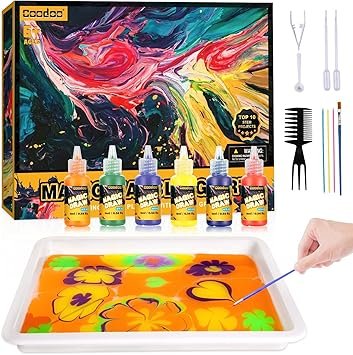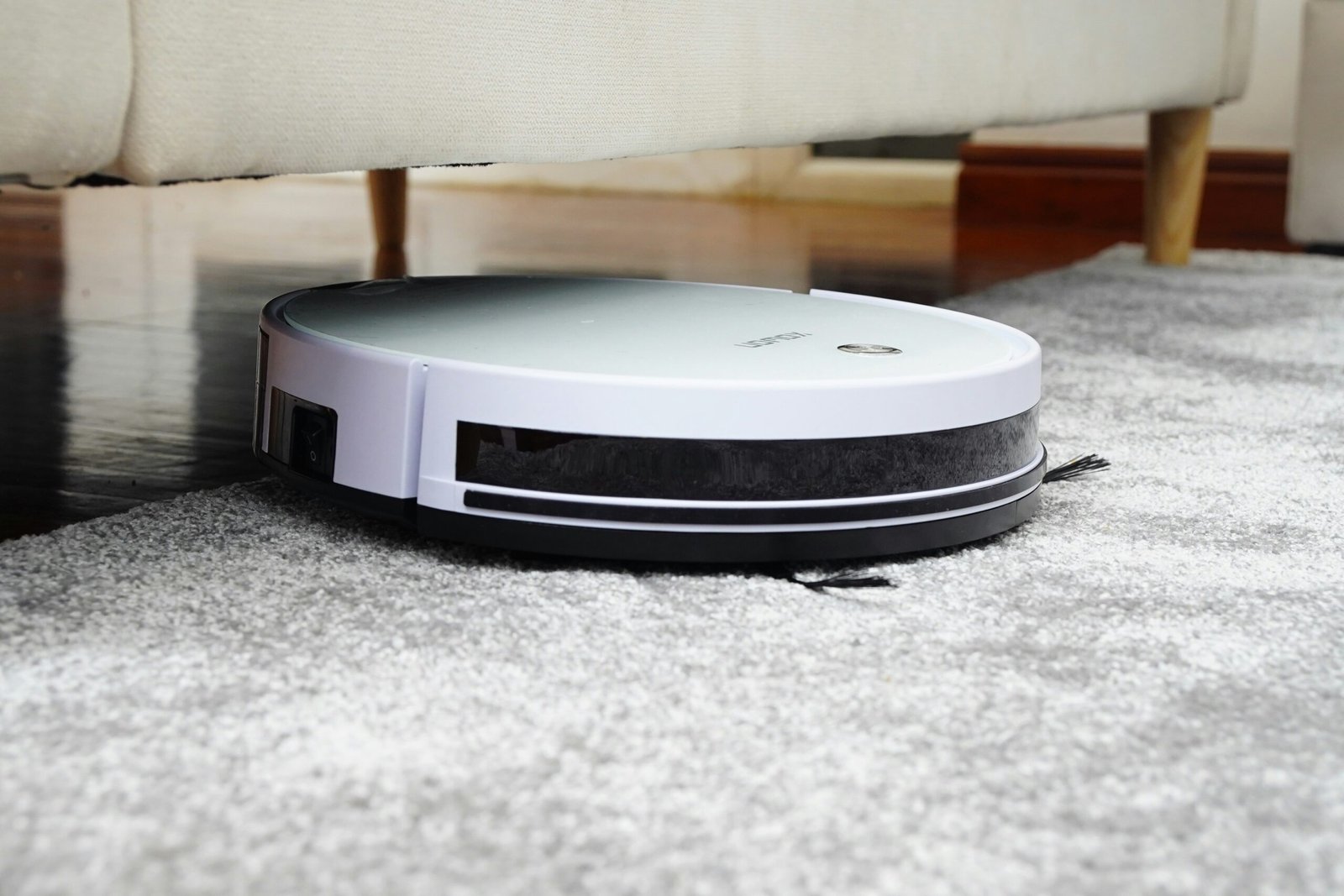Creative Fun and mental growth : Water Marbling Paint for Kids

Introduction to Water Marbling Art
Water marbling art is a captivating form of decorative art that involves creating unique and intricate patterns on the surface of water before transferring them to a material such as paper or fabric. This technique has a rich and diverse history, originating from various cultural practices around the world, including the Japanese art of suminagashi and the Turkish technique of ebru. Both methods utilize water as a canvas, allowing pigments to float and swirl, producing fascinating designs that are often reminiscent of natural elements like marbles or ripples. TO BUY CLICK THIS LINK : https://amzn.to/4eWjwI1
The significant appeal of water marbling lies not only in its aesthetic outcomes but also in its accessibility as an arts and crafts activity, particularly for children. This craft has become increasingly popular among young girls, as it encourages creativity and self-expression while providing a sense of accomplishment. The process itself is both engaging and soothing, offering an opportunity for kids to experiment with colors and patterns without the pressure of perfection. Moreover, water marbling fosters fine motor skills and patience as children learn to manipulate their materials.
In addition to its creative advantages, water marbling art is therapeutic. The rhythmic motion of swirling colors on water can promote mindfulness and reduce stress, making it an excellent activity for kids who might feel overwhelmed in today’s fast-paced environment. As they immerse themselves in the artistic process, children can find a sense of calm and joy that enhances their overall well-being. Overall, water marbling serves as a delightful and enriching avenue for children to explore their artistic talents while making lasting memories through this centuries-old technique.
Materials Needed for Water Marbling
Water marbling is a captivating and enjoyable arts and crafts activity for kids, and gathering the right materials is crucial for a successful experience. To begin with, clean water is essential; it serves as the base for this unique painting technique. Ideally, use distilled water, as it tends to result in better marble patterns. You will also need shallow containers or trays to hold the water. Plastic or glass containers work well, allowing kids to see their designs develop as they work.
Next, selecting the appropriate paints is vital. Acrylic paints are commonly used for water marbling due to their vibrant colors and favorable consistency. However, ensure the acrylics are labeled as non-toxic and kid-friendly to promote safe crafting practices. Water-based inks or specially designed marbling paints can also be utilized for this activity, providing additional options for creativity and experimentation.
To apply the paint onto the water surface, a few helpful tools can be included. Brushes or droppers will aid in manipulating the paint, while toothpicks or skewer sticks can be utilized for swirling and creating intricate patterns. These items can generally be found at craft stores or local grocery outlets, ensuring ease of accessibility.
The choice of paper is equally important in capturing the marbled design. Watercolor paper or heavy cardstock are ideal, as they can absorb the paint while maintaining their form. Make sure to cut the paper into manageable sizes for little hands, fostering an engaging and approachable crafting session.
Adhering to these recommendations will not only help in creating stunning water marbling artwork but also ensure a safe and enjoyable experience for kids. By using non-toxic materials and readily available items, parents can easily prepare for this captivating craft activity.
Step-by-Step Guide to Water Marbling for Kids
Water marbling is an engaging and visually stunning arts and crafts activity that allows children to express their creativity. To begin, it is essential to prepare an organized workspace. Choose an area that can handle potential mess, as water marbling can get a bit watery. Lay down a waterproof surface like a plastic sheet or newspaper to catch drips and spills. Gather necessary materials, including wide shallow trays, room-temperature water, oil-based paints or marbling inks, toothpicks, and paper or items you wish to decorate.
Next, fill the shallow trays with water, ensuring a depth that allows for proper marbling. It’s crucial to keep the water at room temperature to achieve the best results. Then, introduce the marbling inks or paints. One at a time, drip the paint onto the surface of the water, allowing it to spread naturally. Children can experiment with different colors and observe how they interact. For a more intricate design, use a toothpick to swirl the colors together, creating beautiful patterns.
Once satisfied with the marbling pattern, gently lay the paper or chosen item on the water’s surface. Press down lightly to ensure it makes contact with the paint. After a few moments, slowly lift the paper to reveal the mesmerizing design, and set it aside to dry. Repeat the process with additional papers or items. It’s essential to encourage kids to try different techniques, such as layering colors or creating specific shapes.
Finally, always keep safety in mind. While water marbling is generally safe, ensure young artists do not ingest any materials. Providing smocks for clothing protection will keep their attire clean. Encourage creative exploration by allowing children to express their individual styles, as this activity fosters imagination and artistic skill development. This step-by-step guide to water marbling not only results in beautiful creations but also offers a fun, engaging experience for kids.
Incorporating Water Marbling into Birthday Parties and Events
Water marbling is an engaging and visually stunning art form that can elevate birthday parties and other special events for girls. By incorporating this creative activity into celebrations, hosts can provide a unique experience that combines artistic expression and hands-on fun. To start, consider setting up a dedicated water marbling station where guests can easily access materials and supplies.
Ensure adequate preparation by gathering all necessary items such as water marbling paints, shallow trays filled with water, brushes, and paper or fabric for marbling. Organizing the setup efficiently will enable all participants to enjoy the process without unnecessary delays. It is essential to create an inviting atmosphere; consider using colorful tablecloths and decorations that reflect the theme of the party. This will enhance the visual appeal while engaging guests in the creative process.
Group projects can be a key highlight of the party. For instance, attendees could work together to create a large canvas that can later be displayed in a designated area of the home or given as a gift to the birthday girl. Alternatively, provide each guest with smaller individual pieces that can be transformed into personalized party favors. These mementos will serve as reminders of the fun experience and the creativity shared throughout the event.
Themed decorations relating to water marbling can also add a cohesive touch to the party. Incorporating marbled designs into invitations, banners, or table centerpieces will help create an immersive environment. Additionally, organizers can include demonstrations or workshops to guide participants through the marbling process, ensuring everyone feels included and has ample opportunity to express their creativity. Overall, water marbling is not only a fun, interactive activity but also a versatile addition to birthday parties and events, fostering creativity and connection among participants.

